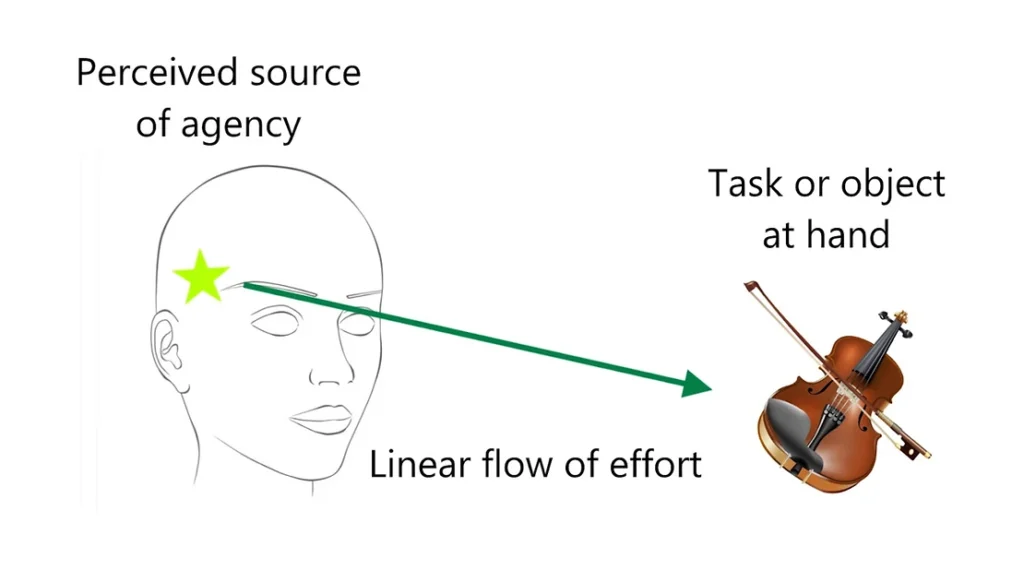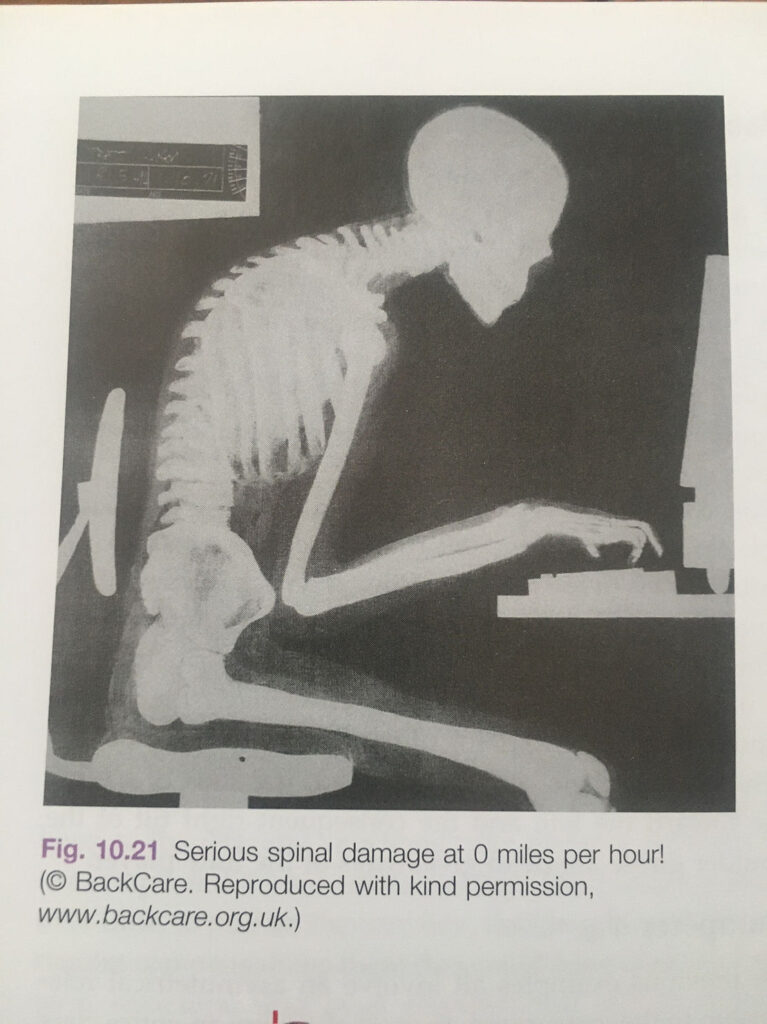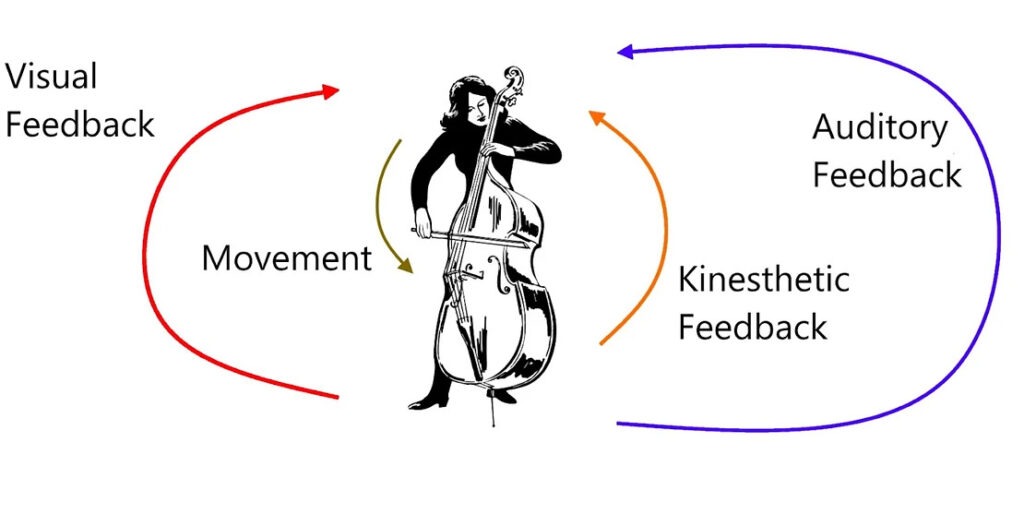Here’s another installment of my upcoming book, “Soulforce Arts: The Vital Role for Musicians & Artists in a World That’s Lost Its Mind.” Let me know what you think!
We’ll explore this and more in tomorrow’s Interbeing for Musicians & Artists Class tomorrow 12-1:30PM EST. Contact me for more details!
(And the picture above is from a recent hike through Acadia National Park—my happy place!)
Mind-Body Interlude #2 – “The Doing Mode and The Receiving Mode”
“You never change things by fighting the existing reality. To change something, build a new model that makes the existing model obsolete.”
Being, Doing, and the Sense of Self
A truth that comes to us from throughout the ages – from Buddhism, Taoism, esoteric Christianity, and even the Alexander Technique – is that suffering results from acting out of alignment with our “design,” the truth of who and what we are.
The Soulforce Arts approach is designed to help us make art from a place of alignment and recognition of the truth of who and what we are: the Self of Interbeing. The result of such an approach will be artistic pieces and performances that move both ourselves and our audiences deeply by reminding us of that which is good, true, and beautiful.
And so, the fundamental transformation of the Soulforce Arts approach is to make art from a place of the recognition of the Self of Interbeing, rather than that of Separation. In a sense, we are always acting in alignment with the truth of who we think we are; if we think we are a separate self in a world of “other,” then we will lead our lives as if this is true – and then suffer the consequences (physical, emotional, and spiritual distress). Why are there negative consequences to thinking and behaving as if we were separate beings in a world of other? Because there is a deeper truth at play here: that we always have been and already inter-are with the entire cosmos.
But what does the Self of Interbeing actually feel like and how do we begin living from this place in our daily lives? Let’s build on the self-inquiries we did in Chapter 1 with a couple more experiments.
The “Doing Mode” & “Command and Control”
For many of us, the separate self sense feels like it’s seated behind the eyes and in between the ears, as if there were a little “homunculus” peering out from a control panel in our skull. I call this seeming center of agency, action, and self-hood Command and Control because this is really what it can feel like; there is a sense that, “I am in here inside my head, giving commands to my body to act upon the world that is out there beyond the (seeming) boundary of the skin.”
When Command and Control is in charge, things get done via the Doing Mode. Here are the main hallmarks of the Doing Mode:
You can see the linear flow of effort from the head outwards clearly in the “forward head posture” that chiropractors and fitness coaches are forever warning us about.
Practice MBI 2.1 – Experiencing the Doing Mode: Bring your hands up in front of you and begin tapping the fingertips of each hand together: thumbs, forefingers, middle fingers, etc. Do this quickly and accurately, making sure that you get the exact center of each finger tip to line up with its counterpart on the other hand. Now do it a little faster – but don’t miss!
Practice MBI 2.2 – Noticing the Doing Mode during other activities:
Go do an activity with your hands, such as washing your hands, opening a stuck jar, or typing on a keyboard, and notice where your head goes as you do it. Does your head tend to move more towards or away from your hands? Does your body get more tight or more free?
Now peer at something at a great distance and try to see some details about it. Which way does your head move in response, more towards or away? Do you get tighter or freer?
Now try to listen for the most distant sound you can hear. Really try to make out the details of this sound: Where is it located? What qualities does the sound have? Now notice which way your head moves in response – does it go more towards or away? Do you get tighter or freer?
When your head moves more towards the object of attention, what do you notice about your head, neck, or back? Do you get tighter or freer?
The “Receiving Mode” & “The Mystery”
In order to balance out the excessive effort and overly-narrow focus of Command and Control’s “Doing Mode,” we must practice the Receiving Mode.
The Receiving Mode aligns us more with the Self of Interbeing because it recognizes that the self is not the sole source of agency and self-hood, but rather that the self is embedded in a larger web of living beings. The agency and self-hood of each node Gaia – from the lowliest paramecium to entire ecosystems – is but a reflection of the agency and self-hood of the whole of Gaia herself. When we enter the Receiving Mode, we see that the impulses and intentions we thought were coming from our separate self arise of their own accord, entering our body/mind from seemingly nowhere.
I call this “seemingly nowhere” the Mystery, and learning to trust in it is the golden road to a life suffused with Soulforce. The only reason we may not feel its presence in our daily life is that we’ve yet failed to recognize the truth of our Interbeingness for ourselves. Thankfully, there are countless methods of receiving this recognition, many of which suffuse this book.
The main hallmarks of the Receiving Mode are as follows:
Practice MBI 2.3 – Experiencing the Receiving Mode Do the same finger-tapping exercise as in Practice MBI 2.1 above, only this time think of receiving your fingers in movement.
Receive the desire to tap your fingers. Receive the sensations of your fingers and arms moving. Receive the sight of your fingers moving, as well as that of the room beyond your fingers. Receive any sounds you might hear. Receive any thoughts that might arise.
Which way does your head move? More towards or away from your hands? Does your body get tighter or freer?
Practice MBI 2.4 – Noticing the Receiving Mode during other activities
Now go do some other activity. This could be your artistic craft or another daily activity.
Peer at some object in the distance, or a smaller object up close. Or listen to a sound at a distance, or one up close.
During any of these moments, think of receiving what you see, hear, and feel. Receive the movements you make. Receive your thoughts and feelings. Receive the desire to do the activity.
And then simply notice: does your head tighten towards the activity at hand, or release away? Does your body tighten or release more, overall?
Practice MBI 2.5 — Two more explorations in the Receiving Mode
Radio antenna. Imagine that you are a radio antenna and that each sound or gesture is being beamed to you from a distant transmitter. Imagine receiving each sound or gesture as if it were entirely new to you (even if this is a piece you’re very familiar with).
Virtual reality. Imagine that you are immersed in a virtual reality simulator, wherein everything you see, hear, and feel is a part of the simulation that you are merely witnessing. Now perform a piece while relating to your performance as if it were someone else’s performance being transmitted into your virtual reality world.
In the Receiving Mode, because the source of agency is no longer felt to be centered solely in the head, the tension that was pulling your head towards the activity at hand can be released and your head will naturally release away from the object of attention. Practice the Receiving Mode in at least two different activities today and make note of the results.
Note: If you find yourself getting tighter while exploring the Receiving Mode, you are likely noticing the Doing Mode pretending to be the Receiving Mode. When this happens – don’t worry! This is very common. Simply say to yourself, “Oh! That’s the Doing Mode again. Boy, is that a strong habit, or what?!” In addition, think of receiving what you notice about the Doing Mode: the tightening, the effort, the narrowing of attention, etc. Remember that you don’t need to do anything to hear sounds, see light, feel sensations, or think thoughts; if you pay attention closely enough, you will discover that all of these (and even the feeling of volition!) simply appear in consciousness of their own accord, effortlessly, and without willpower. The more you relax into the Receiving Mode, the more ease, wholeness, and fun you’ll experience. This is what allows your Soulforce to shine through!
When we are young, and before we learn to do difficult things like play an instrument or recite Shakespeare, we have little or no control over ourselves. While this is a very free and receptive way of being (notice how supple and fluid the movements of toddlers are), we can become frustrated with the limits of our lack of control. So as we grow older, and especially as we apply ourselves to mastering our craft, we learn to control our movements in certain ways so that we can actually accomplish certain things. But as we gain more experience with this way of being, especially within our current factory-model of education, the downsides of the attempt to exert more and more control over ourselves and our environs also become apparent.
The Alexander Technique, and the Soulforce Arts approach in general, suggest that there is a kind of control that exists beyond the rigid control we first learn in life. It is, to borrow from Zen sayings, “the control of no control,” a form of control that is based on sensitivity, receptivity, allowing, letting go, and the ease of well-being. It supports our creativity and well-being, rather than restricting them. It is the letting go that allows you to do more than you could through constriction and effort. It is “effortless mastery.” This is the fruition of acting from the Receiving Mode.






